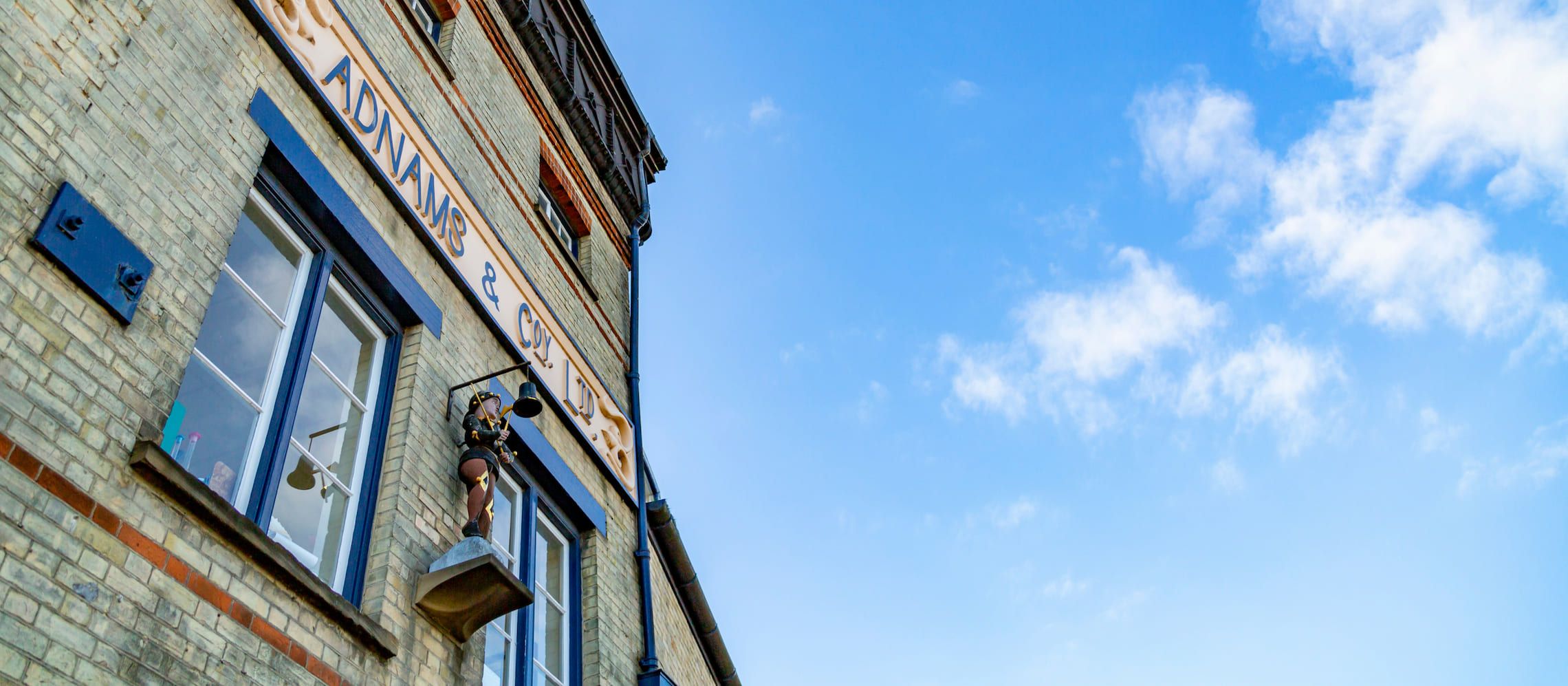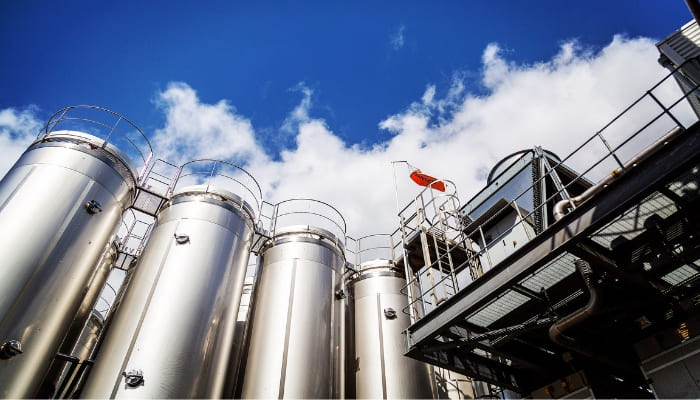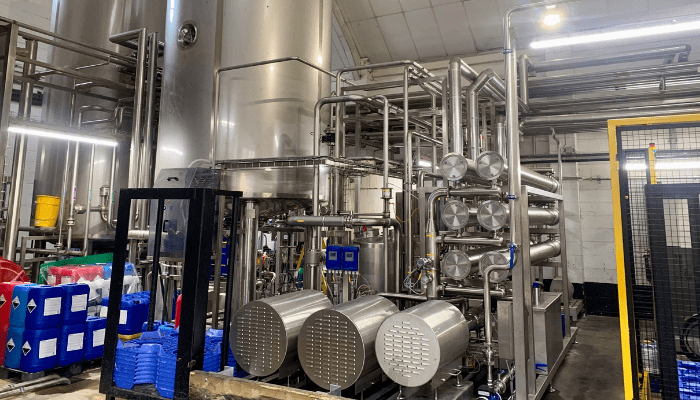Early Bird Deadline
30 November 2025
Judging
Date
23 March 2026
Winners Announcement
22 April 2026
30 November 2025
23 March 2026
22 April 2026

Trends come and go in beer. The popularity of new-world hops has been a constant for a decade or more now; lager was down and not it’s up; and dark beers don’t sell as well as pale ones, no matter how delicious they are.
The alcohol-free beer has had its own fair share of false dawns, but it seems finally to have come of age. This past Christmas, British supermarkets sold non-alcoholic beer worth £7.6m, an increase of 38 per cent compared to the previous year. A huge number of breweries now produce it, from multinationals like Heineken down to specialist producers like Big Drop and Nirvana, who only make low-alcohol beers. Established microbreweries have also begun to make it, from Thornbridge to Gadd’s in East Kent.

One of the most impressive versions has come from Adnams, a family brewery in Southwold, Suffolk. They produced Ghost Ship 0. Alcohol-Free, a version of their best-selling pale ale. Brewer Ed Razzall has been part of this project from the before the launch last summer, and has helped to hone the beer since. He believes the beer’s success is at least partly down to a new generation of drinkers.
“I was just talking to one of the guys that runs a pub in Southwold, and he said that the majority of people that drink 0.5 per cent Ghost Ship are younger people who might travel into town with their mates,” he says. “Their mates will have a few pints but there will be a designated driver and they're pretty strict on it.”
Here’s what you need to know about low- and no-alcohol beer:
“Before I joined Adnams they'd already started looking at brewing a low-ABV beer, but they were using restricted fermentation - which means you use loads of special malt, no sugar, and put very little yeast in it. And it fermented to about 0.9. The problem is that you can tell it’s lacking something, and we try to make it more flavoursome with a load of dry-hopping.

“Now we’ve got a reverse osmosis plant. What that means is you can produce a normal-strength beer and just put it through. You have to filter it and then put it through the reverse osmosis filter. But it's advantageous over the other way of doing it, which is to do high-pressure, low-temperature ethanol distillation, which happens at 40 degrees: that makes the beer taste cooked and really sweet-corny. It's horrible. Our extraction happens at eight degrees.”
“The total project cost was about a million quid. There’s a lot involved: you need to able to put bright beer through it, so you need to filter it first. You need a lot of water, to take the alcohol out. And the more you can ... obviously, there's an economy of scale, so the more you can give it, the quicker the return.
“We thought it might take three years to pay off. It's gonna take eighteen months, I reckon. That’s how popular the beer has been.”
“How we make the beer has definitely evolved since last year: we started off with three membrane sets but now we're up to six. So, it used to take about 27 hours to do a production, now we're down to twelve hours. So, we've just instantly doubled our capacity, just by putting in three membranes. I think the colour's still not quite right, cause you're initially concentrating, then you're taking the alcohol out, so you wash a lot of the color out with the alcohol wash. But it's pretty good.”
“We started off by using the normal 4.5 percent Ghost Ship. The way reverse osmosis works is that it reduces the volume of the beer you give it by half, so it takes the water out first. So you end up with a beer that's six per cent, and then it starts using water to force the alcohol across the membrane.
But not only does it concentrate the beer, it concentrates everything else. Bitterness got massively concentrated. So the normal Ghost Ship has probably about I don’t know, 20 kilos of hops at the start of the boil. This one has half a kilo.”
“The big problem with alcohol-free beers is that the alcohol in a beer contributes so much to the mouthfeel, and the texture, and the flavour. So as soon as you take it out you know something's missing.
“What we've been working on is trying to get it as close to normal Ghost Ship as we can, with the current set that we've got. There’re a few other tweaks we can make that will help with that. One of the big things is the pH of a normally fermented Ghost Ship ends up at around 4.9, something like that. Cause we're putting it through the membranes, the pH of the 0.5 goes up to five-and-a-half, and that makes it really chalky and not very nice at all. So, we ended up adding quite a lot of acid to the finished product to bring the pH back down again.”

The article is contributed by Will Hawkes. He is a freelance journalist specialising in beer and travel. He is an author of Craft Beer London, a guide to the city's burgeoning beer culture and a regular contributor to a host of publications including The Financial Times, The Guardian, The Washington Post and Beer Advocate.
Show your beers where it matters. Get your products tasted by top buyers and experts at the London Competitions — enter now.